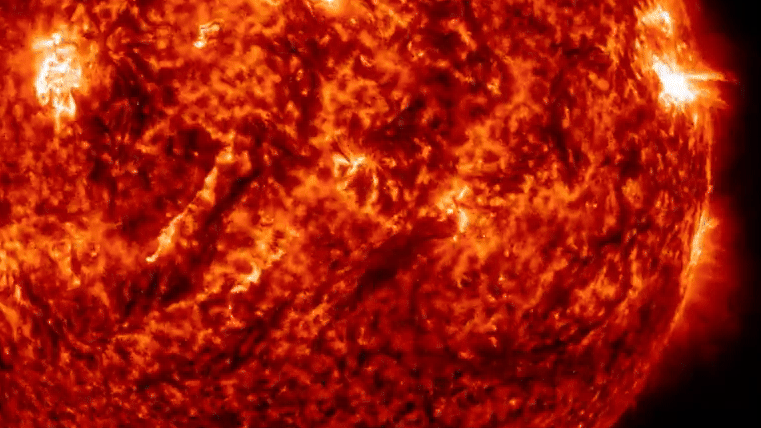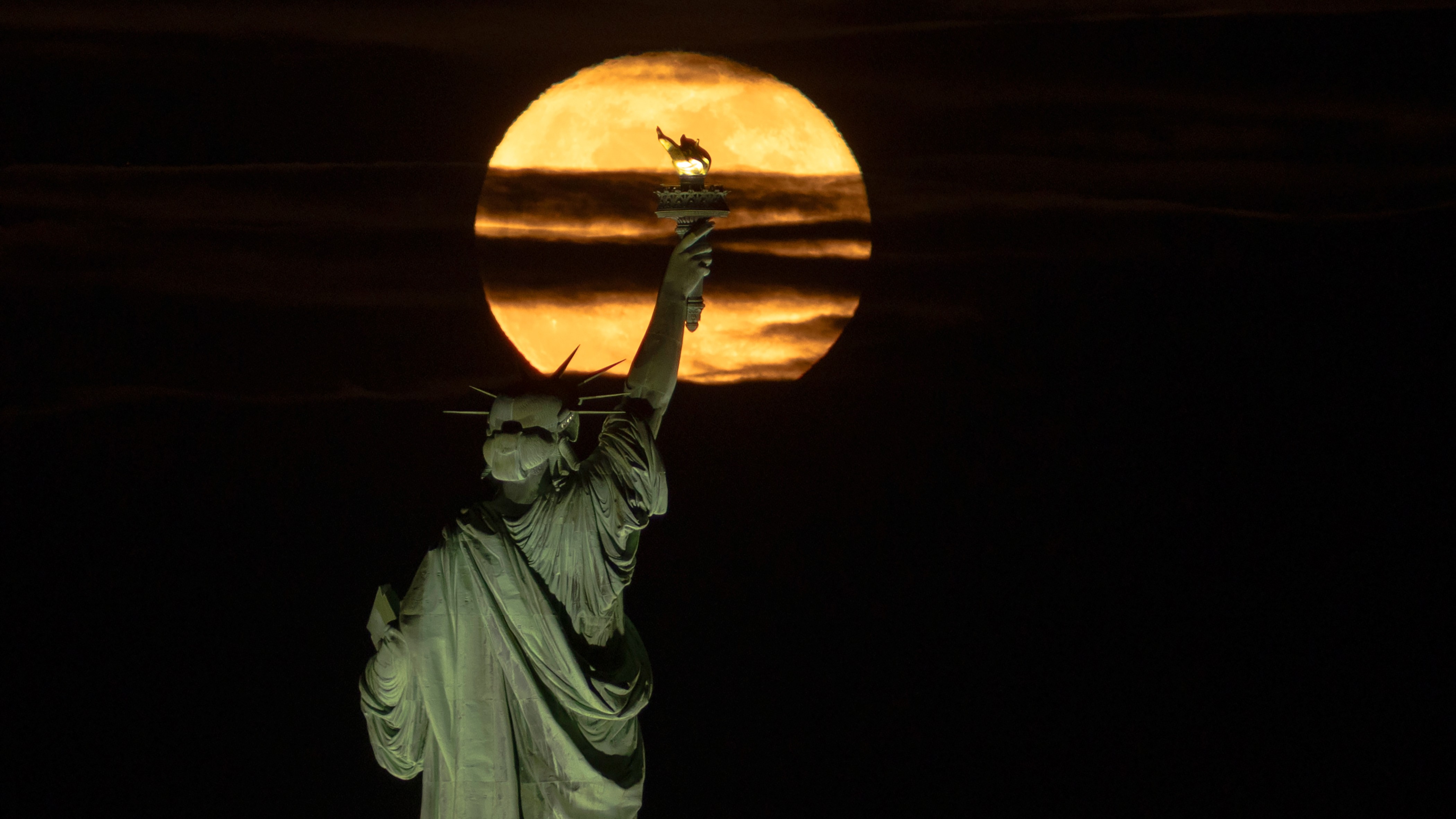No, Friday's 'Black Moon' Isn't a Sign of the End Times

Just when you thought it was safe to go outside at night to do a little stargazing, the moon is being all weird again.
If you've been paying attention to the tabloid press, you'll likely know that Friday will play host to a "Black Moon." But you probably heard about it for all the wrong reasons.According to some outlets, this "rare" astronomical event is a signal that the world is going to come to an end and a prelude to the second coming of Jesus Christ. Why? Well, some people on social media said so.
Alas, like the last "Blood Moon," "Super Moon," "Blue Moon," "Harvest Moon" and "Monster Moon" (OK, I made that last one up), Friday's "Black Moon" is a lot less interesting than it sounds.
RELATED: Lunar Phases: The Changing Face of the Moon
Every so often, we'll experience one month that has two new moons. A new moon is the first phase of the lunar cycle, when the near-side of the moon is completely in shadow (and far side is bathed in sunlight). The new moon phase is the exact opposite of the full moon. A full moon is when the whole of the moon's face is illuminated (and the far side is in shadow). This is because, when looking up at the full moon, the sun is behind our planet, flooding the Earth-facing hemisphere in light. [Black Moon 2016: What It Is & Why You Can't See It]
In the case of the new moon, the moon is positioned between the Earth and sun, leaving the near side in darkness. We'll therefore see, well, not a lot. A couple of days after a new moon, as the lunar cycle rolls on, a thin crescent will appear (pictured top), but until then, the face of the moon will be, well, black.
More or less, the lunar cycle lasts a month (on average 29.53 days — known as a synodic month), but September this year will see two new moons, one that occurred on Sept. 1 and the other that will occur on Sept. 30. This may sound familiar; the occasional second full moon in a month is known as a "Blue Moon" — hence the saying "once in a blue moon" when describing a rare event.
Get the Space.com Newsletter
Breaking space news, the latest updates on rocket launches, skywatching events and more!
RELATED: How the Moon Makes Animals Go Wild
It's worth noting, however, that there are other definitions of a "Black Moon" out there, so it certainly isn't an official astronomical designation. But it sounds dramatic and probably the reason why the tabloid press finds it so captivating.
Interestingly, the Sept. 30 Black Moon is exclusive to the Western Hemisphere only. The Eastern Hemisphere will experience the same new moon on Oct. 1, but as it's a new month for the Eastern Hemisphere, it's not their Black Moon. For their Black Moon, they have to wait until Oct. 30 for the second new moon of the month. It's all beginning to sound a bit unscientific, right?
Though Friday's Black Moon isn't really an astronomical phenomenon, its timing is nonetheless important to some religions and belief systems, such as Wicca. But does it foretell doom? No, unless you want to sell a lot of newspapers.
h/t: Space.com
Originally published on Discovery News.
Join our Space Forums to keep talking space on the latest missions, night sky and more! And if you have a news tip, correction or comment, let us know at: community@space.com.
Ian O'Neill is a media relations specialist at NASA's Jet Propulsion Laboratory (JPL) in Southern California. Prior to joining JPL, he served as editor for the Astronomical Society of the Pacific‘s Mercury magazine and Mercury Online and contributed articles to a number of other publications, including Space.com, Space.com, Live Science, HISTORY.com, Scientific American. Ian holds a Ph.D in solar physics and a master's degree in planetary and space physics.









